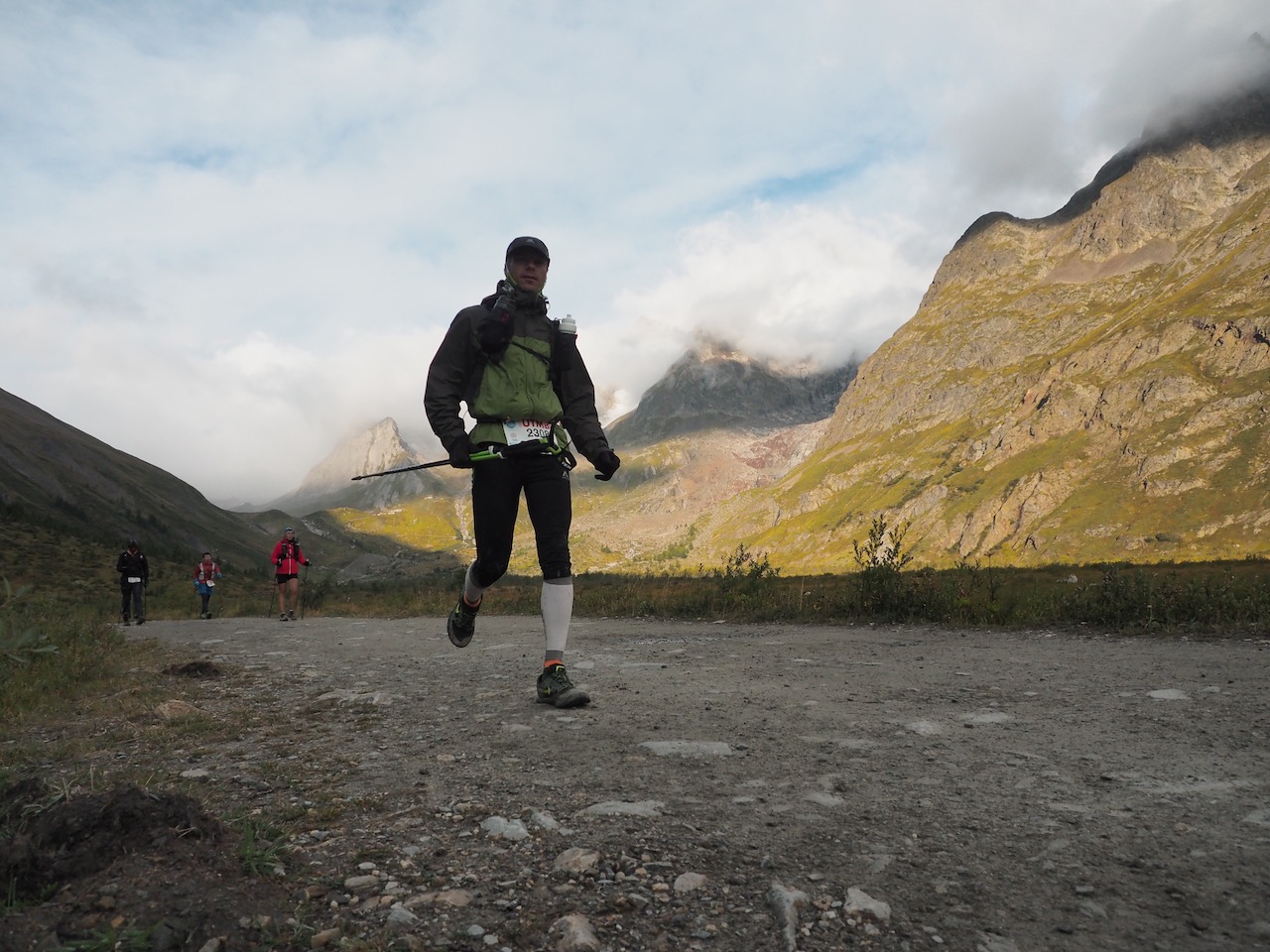Snowshoe racing has grown in popularity in the recent years. As more and more runners want to start practicing this discipline, Luc Néron, certified level 2 trainer by « Course à pied.ca » and instructor at the « Club de course la Meute du Chibougamau, » offers his advice for choosing the right equipment, clothes and, above all, to get to know the peculiarities of this type of racing.
A sport that requires specific training
First, Luc points out that snowshoe racing is a particular discipline for which you have to adapt your training and get to know yourself again. « Snowshoe training offers no recovery time, unlike fat biking or cross-country skiing, » says the trainer, who plays all of these sports himself in addition to winter running. « You exert yourself on the way up, down, on the flats … in short, all the time … and that’s what I like! In other words, it’s a sport that will take you out of your comfort zone,» Luc confirms with certainty.
Therefore you have to plan your training accordingly. For example, for the length of the journey, Luke suggests multiplying the distances by the factor 0.6. « For a 10 km race, you should consider running a 6 km snowshoe, which is a reasonable conversion,» he said. He also suggests playing with speed to tame the sport. He asks beginners to slow down, because it is better to start running slowly, but steadily.
The trainer emphasizes that the weight of the snowshoes on the feet requires additional muscle training. « For example, the Swiss ball will help develop stabilizing muscles, so important for running. Also, the Achilles tendon is working harder than usual, especially if the trails are rough, » he explains. However, the snowy surfaces and the design of the snowshoe have the advantage of absorbing impacts considerably.
Finally, Luc recommends planning the type of terrain and the pace you think you will be able to hold on snowshoes in order to properly calculate the duration of your training. In this regard, he stressed that snow conditions are in addition to trail conditions and that it is important to take this into account.

Choosing your type of snowshoe

Luc indicates that there are two models of binding to keep the shoe on the racket head: the pivot and the straps.
Snowshoes with pivot allow you to attach the foot directly to the snowshoe bridge, without a tie. « The main advantage of these snowshoes is that they lighten the weight of the equipment, » says Luc. However, they do require a pair of shoes to be modified in order to insert a pivot into the sole or to purchase a pair of running shoes designed specifically for these snowshoes.
Snowshoes with straps do not require any particular shoe. « Trail running shoes can provide adequate winter protection. If so, the use of road bike shoe covers is a worthwhile purchase. They will serve as gaiters to prevent snow from getting into the sneakers, » suggests the coach. As for socks, merino wool is a smart choice, he adds.
Dress in layers
When it comes to clothing, the keyword is to adopt the multilayer. The first layer is used to move sweat and moisture away from the body. The second is to insulate heat while helping to wick away moisture. Finally, the third layer, the shell, must be waterproof and breathable, in addition to offering considerable protection against the elements.
The benefits of multi-layering can also apply to the extremities of the body. For example, an inner glove can be very useful for putting on snowshoes without freezing your hands. For the head, in addition to the toque, the use of a multifunction headband provides flexible and effective protection at all times.
Of course, over the course of the outings, experience allows you to better understand how to play with the clothing components depending on the weather and the intensity of the planned training.
In conclusion, Luc Néron likes to remember those moments in the spring when he found himself running in sneakers. « With no weight on my feet, it feels like I am flying above the trails! A fantastic feeling, besides not having seen winter go by.» Concludes the coach.
Translation: Caroline Beaton
Must Read:
- Running wisely means focusing on quality rather than quantity
- Preventing IT Band Syndrome With Two Yoga Postures
- Five Treadmill Workouts That Mimic Trail Running & Training


